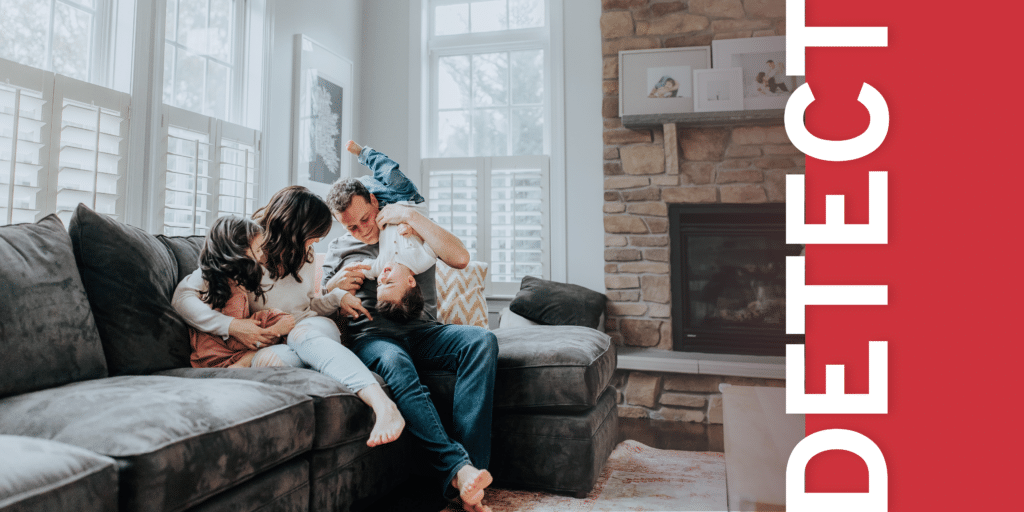Carbon monoxide (CO) is a colorless, odorless gas that can be deadly if inhaled in large amounts. It is produced when fuels such as wood, gasoline, propane, and natural gas burn incompletely. Because it is difficult to detect, CO poisoning can be a serious hazard, particularly in enclosed spaces such as homes and vehicles.
One of the most common sources of CO in homes is the furnace, which can produce the gas if it is not properly maintained or ventilated. Other sources of CO in homes include gas stoves, gas water heaters, and gas dryers. Wood stoves and fireplaces can also produce CO if they are not properly ventilated.
Symptoms of CO poisoning include headache, dizziness, weakness, nausea, and shortness of breath. In severe cases, it can lead to unconsciousness and death. Children, the elderly, and people with respiratory conditions are especially vulnerable to CO poisoning.
To protect your home and family from carbon monoxide poisoning, there are several steps you can take:
- Install and maintain CO detectors in your home, you can additionally consider a monitored CO system to protect your home while you’re away.
- Keep your furnace, water heater, and other gas appliances in good working order, and have them inspected regularly by a qualified technician.
- Make sure that your home is well-ventilated, particularly when using gas appliances.
- Never use a gas stove or oven to heat your home.
- Never leave a car running in an attached garage, even with the door open.
- Avoid using portable fuel-burning appliances, such as camping stoves, inside your home or any other enclosed space.
By following these simple steps, you can help protect yourself and your family from the dangers of carbon monoxide.
Additionally, residents of rental properties should know about their landlord’s responsibility to maintain adequate carbon monoxide detection. To learn more about Ontario carbon monoxide detection requirements, read here.

